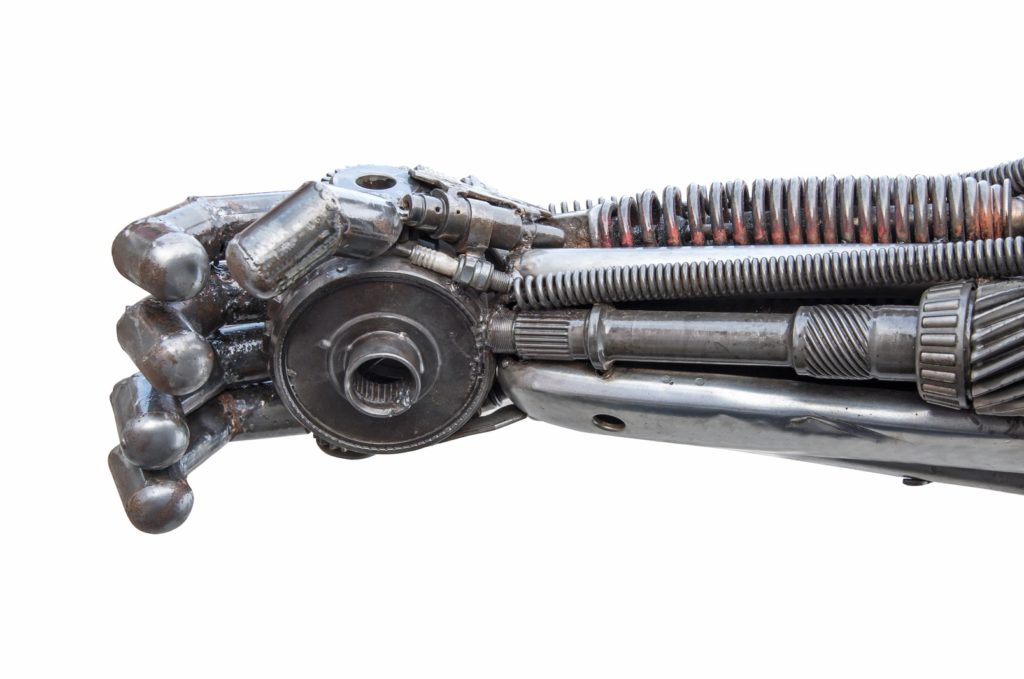A prosthesis, or a prosthetic limb, is an apparatus that replaces a missing limb. You might run across any number of different kinds of prosthetics, but the most advanced by far is a robotic prosthetic. A far cry from the wooden or metal hands used in bygone eras, robotic prosthetics are mechanical limbs that the user controls with microprocessors and nerve impulses. Here we have a brief overview of what you can find while looking at prosthetics in Memphis.
 Types of Limbs
Types of Limbs
If you are looking into this field for the first time, you may be overwhelmed by the number of options by different companies all trying to make the most convenient and most comfortable product that they can. For instance, the company iWalk has a foot that constantly uses algorithms to generate different amounts of force and turn the foot at different angles and so on based on the terrain. Also, there’s a knee available from Ossur that can learn your walking pattern in order to be more effective. A few companies now have robotic hands that have individually powered digits for improved motor control. (Recent models are lighter than the old, ditching electric motors in favor of springs and a cable-conduit system.) There are many features to look at when choosing a new limb, so it’s important to examine all of your options before you get started.
Sending Signals
One of the tricky aspects of creating a robotic limb is finding a way for the user to communicate their desired movements to the new limb. There are a few different ways that scientists connect the nervous system to the prosthetic’s electronic components.
Often, this will be through electromyography sensors, which register when the user flexes their muscles and operates the arm accordingly. Alternately, in targeted muscle reinvention, a doctor operates on the patient and rewires the nerves in another part of the body to operate the robotic limb. A third way to send signals is to surgically implant sensors to the amputated stump. All of these signal-sending methods can prove tricky. Users of most prosthetic limbs have to concentrate on their movements, and sometimes they are unable to do anything else while moving that limb.
Recent Improvements
There is some good news, though. Recent years have seen many improvements in robotic prostheses thanks to technological improvements which utilize better materials, longer battery life, more efficient microprocessors. Fortunately, robotic prosthetics in Memphis and other areas are also becoming more cost effective as a result, and a larger number of people are able to afford them than ever before.


